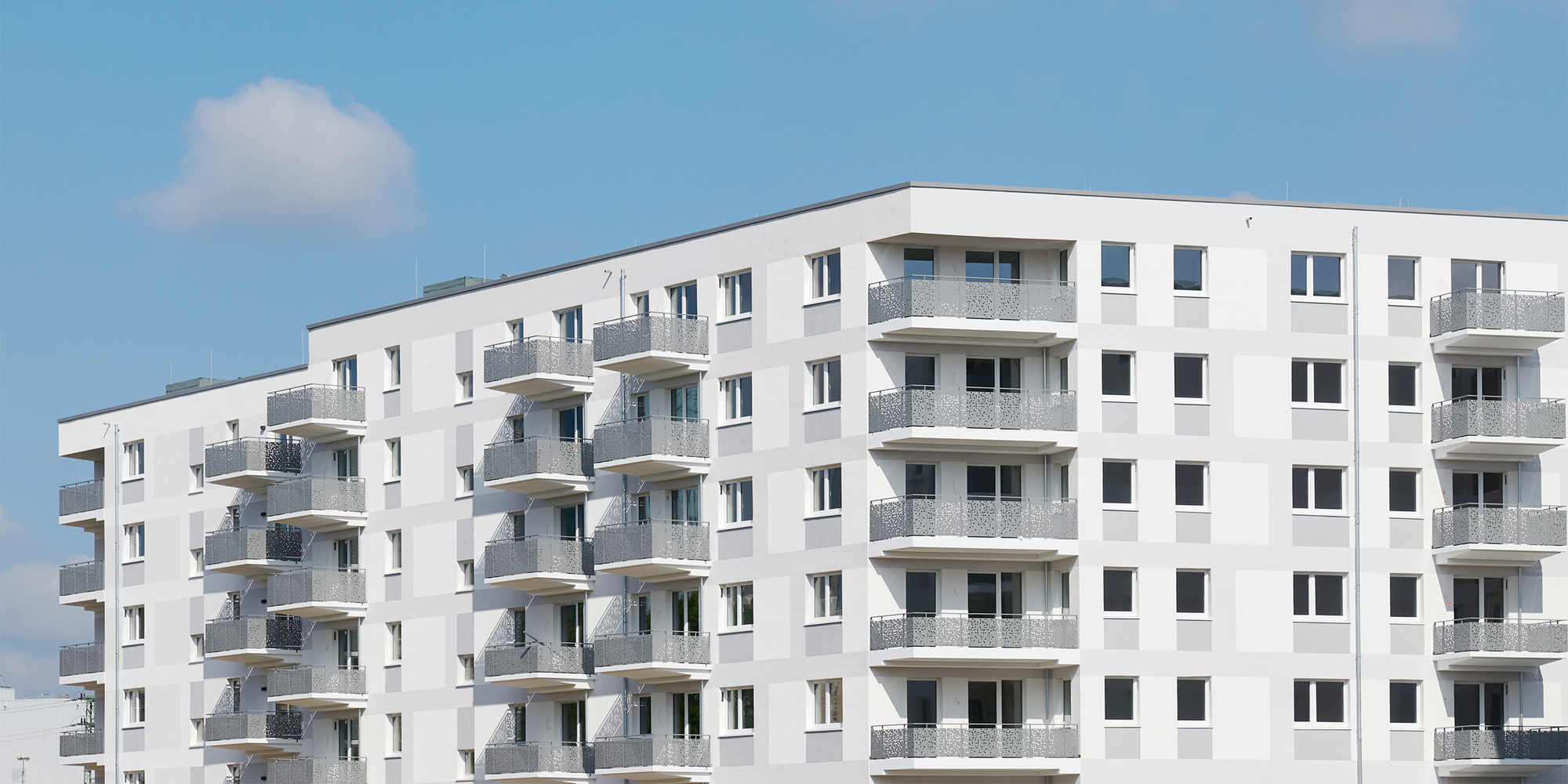Turnaround in interest rates: curse or blessing for climate-friendly real estate?
Billions have been poured into real estate investments over the years. Meanwhile, the turnaround in interest rates is noticeably slowing down the flow of money. Real estate investors are now taking a closer look – especially in terms of returns and climate compatibility.
Author: Stephan Lüthi, Head of Real Estate in Asset Management at Zürcher Kantonalbank.

For years, there were few alternatives to real estate due to the negative interest rates. The turnaround in interest rates is now also bringing bonds back into focus. This is happening at a time when real estate allocations are at a peak among many Swiss institutional investors, namely pension funds. This is demonstrated by Swisscanto's latest Swiss Pension Funds Study: the average real estate allocation climbed from 18.9 in 2013 to 24.1 percent in 2022.
At the same time, the turnaround in interest rates is raising financing costs for real estate investors. Consequently, listed real estate funds and real estate shares recorded significant price discounts in 2022. Inflows from capital increases have slowed significantly since last summer. The new situation is also being felt in the direct transaction market for investment properties. The range of attractive buying opportunities is increasing and the returns on purchases are tending to rise.
The interest rate turnaround brings sustainable investment properties to the fore
Based on this altered initial situation, the question arises as to whether the federal government's long-term climate goal is now also under threat. According to this goal, greenhouse gas emissions in Switzerland must be net zero by 2050. The share of greenhouse gases in Swiss real estate is a good 25 percent. It is thus behind the largest emitter, transport, at almost 31 percent. One thing is certain, energy-related renovations are costly. If money becomes tight, the federal government's climate goal could also be in jeopardy.
But, higher interest rates do not have to be detrimental to the climate goal. Rather, the currently higher interest rate level highlights a previously hidden element. Until last summer, prices between sustainable and unsustainable real estate barely diverged due to the pronounced seller's market. The differences in willingness to pay are now reflected in the transaction prices. Buyers can once again offer properties more opportunistically and implement their sustainability preferences. The improved value stability of sustainable buildings is becoming increasingly clear. As a result of scarce funds, changes in energy sources and energy-efficient renovations are thus sustainably supporting real estate values. What's more, buildings that run on sustainably sourced energy lower operating costs for owners and tenants. This makes the properties easier to rent out. The green fitness regime for real estate portfolios therefore remains a key long-term success factor.
The influence of Swiss pension funds
Swiss pension funds are among the largest real estate owners in this country. Therefore, they bear an ecological responsibility in terms of greenhouse gas emissions. Pension funds are becoming increasingly aware of this. Around 37 percent of the pension institutions surveyed by Swisscanto in the Swiss Pension Funds Study have anchored criteria for environmental, social and governance (ESG) in their investment policies. For comparison: in 2015, the figure was just eight percent. Due to the improved value of sustainable buildings and legal requirements, the ecological transformation of building stock is likely to continue. Against this background, investors are demanding a clear sustainability strategy from asset managers.
Systematic measurement as a foundation
Reliable data on the current energy consumption and greenhouse gas emissions of properties are the key to an effective CO2 reduction strategy. In recent years, Zürcher Kantonalbank's Asset Management has set up an energy and CO2 monitoring system for properties and portfolios. The area, energy and consumption data are manually or automatically measured systematically, recorded in an energy management system and reported in aggregated form per real estate portfolio. An independent third party validates the data quality. In setting the reduction target, Zürcher Kantonalbank's Asset Management announced in spring 2020 that it would implement the Paris Climate Agreement in all its actively managed investment products. Based on the Swiss climate strategy, a net zero target for direct real estate investments is aimed to be achieved by 2050.
Reduction path of the Swisscanto Investment Foundation Real Estate Responsible Switzerland

Reduction path as a control tool
CO2 reduction paths for the individual real estate investment products represent the central management and reporting tool for implementing the net zero target. In a first step, the reduction paths are based on an economic and ecological assessment of all existing properties. Each property has its own life cycle and characteristics that are included in the analysis. Questions about optimum energy sources, solar power potential or the renovation cycle are answered. The answers to these questions are substantiated in property-specific repair measures. In a second step, the individual measures are aggregated at the portfolio level and their timing is optimised. The aim of this optimisation is to smooth out the annual financial and human resources required across the portfolio. At the same time, possible future technological advances can be taken into account in the planning.
Specifically, energy source changes and renovations of older properties with high greenhouse gas emissions in attractive locations are generally preferred, as such investments pay off more quickly from an ecological and economic perspective. Conversely, properties are prioritised for a later time if, for example, there is no connection to the district heating network for the location, but one is planned in the future.
In the three Swisscanto real estate products managed by Zürcher Kantonalbank, annual greenhouse gas emissions were already reduced by around 3,200 tonnes or 11 percent between 2016 and 2021. Over the period, the average emission intensity fell by more than 14 percent from 13 to 11.1 kg of CO2 per square metre.
Combining economic and ecological goals
The trend in the asset management industry is clearly towards CO2 reduction paths. The crucial point here is to ensure timely compliance with the Paris Climate Agreement and at the same time meet investors' return expectations.


